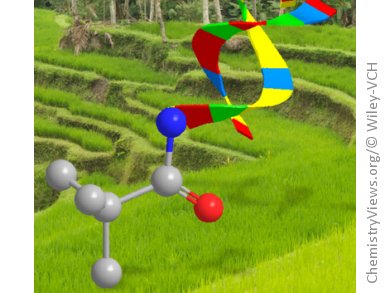Being able to attach biomolecules to graphene oxide (GO) sheets would expand the potential applications of biofunctionalized graphene in the biomedical field. However, owing to gaps in the knowledge of the exact chemical structure of graphene oxide, the fabrication of highly functionalized GO surfaces remains a challenge.
Martin Pumera and his group, Nanyang Technological University, Singapore, have suggested a solution to this problem. By first reducing GO to graphene, they managed to modify the surface with carboxyl groups grafted perpendicularly by means of a rational synthesis using free-radical addition of isobutyronitrile with subsequent hydrolysis.
The grafted material was carefully characterized by X-ray photoelectron spectroscopy, cyclic voltammetry, and electrochemical impedance spectroscopy. They showed that the reactive carboxyl groups can then be used as anchoring points for biomolecule attachment by carbodiimide chemistry.
They found that this grafted material promoted a more efficient immobilization of DNA probes on an electrode surface and improved the performance of graphene as a biosensor in comparison to “classical” GO.
- Rational Design of Carboxyl Groups Perpendicularly Attached to Graphene Sheet: A Platform for Enhanced Biosensing Applications,
A. Bonanni, C. K. Chua, M. Pumera,
Chem. Eur. J. 2014.
DOI: 10.1002/chem.201303582




